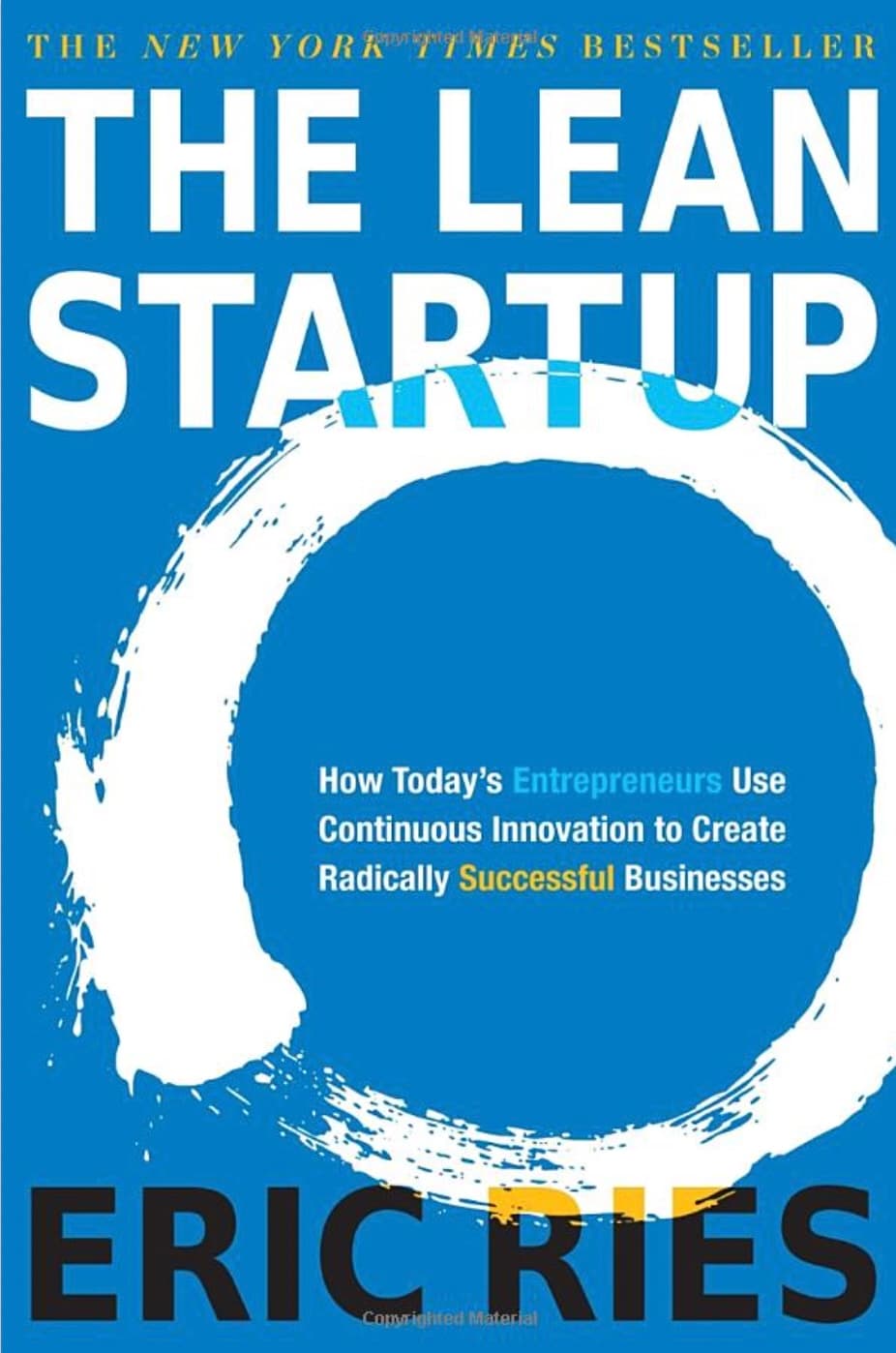In the article What is Ruby on Rails used for, we presented its usefulness, especially since the creation of the Rails framework, as well as some companies that use it in France and around the world.
We are going to list here the qualities of this framework that we particularly like at Capsens.
Speed of developments
Ruby is clear, simple, logical, and has a lean code base. Its philosophy based on the readability of the code and the application of the DRY principle (Dont Repeat Yourself) makes it possible to accelerate the speed of development and to increase its maintainability. Add Rails and you'll see how it helps RoR developers save development time and focus on solving complex problems. Simply because less code means less time spent writing it while the functionality remains the same.
“Ruby on Rails is a breakthrough in lowering entry barriers to programming. Powerful web applications that previously would have taken weeks or months to develop can be produced in days. »
Tim O’Reilly, Founder of O’Reilly.
It is for this reason that most web development bootcamps, like Le Wagon, focus their training on Ruby on Rails.
Profitability
As can be seen from the previous point, development time is money (especially in a time when developers are well paid). The longer the development takes, the more expensive it is. Due to the speed with which Rails websites can be created and modified, less money is spent to create and maintain them. Of course this is provided that the application is properly designed and that its development process is correct.
Additionally, Ruby on Rails is open-source, which means no license fees. But this is not exceptional because today open-source languages are the norm.
Flexibility
The Rails framework is very flexible and allows websites to adapt to various updates related to innovations in business processes. In case you miss some functionality in the future, there are separate modules for that. Additionally, Ruby allows you to remove various elements or redefine them as needed. Likewise, individual parts of a program or application can be freely modified and extended later.
It's an incredibly expressive and flexible language that can solve a problem in multiple ways, giving Ruby on Rails developers plenty of freedom and opportunity to find the best solution for a project.
RoR projects are easy to handle
Ruby code is readable and largely self-documenting. Spared from having to write more documentation than absolutely necessary, developers can take on existing projects with almost no specific training. Additionally, over 90% of Ruby web applications written use Rails. This means that RoR provides all kinds of integrations to meet project requirements.
Each project is well structured, so a new developer will quickly get project details from day one. This means that turnover hurts less because onboarding is easier. Similarly, the growth in the number of developers on a project is facilitated by this quality of RoR.
Massive resource and community
There are a large number of off-the-shelf Ruby on Rails solutions in the public domain (the so-called “gems”), most of which have already been tested by someone else, reducing the need to develop something. thing from scratch.
The large and friendly community where Ruby on Rails developers help each other, announce new projects and discuss everything related to the framework, is not only useful for coders, but also beneficial for businesses. In case of difficulties, it helps to find the best solutions to solve your problems. Currently, there are 1,800,000 gems that any Ruby developer can use to enhance their application. The widespread use of Ruby applications and tools means you can easily integrate other services into RoR-based products.
Scalability
For a long time, Ruby on Rails has been known for its scalability issues, and not without reason. For example, the performance of the same programs written in Java and RoR can be very different, especially considering how efficient Java is for multi-threaded applications. However, Rails 6 released in 2020 solved the majority of Rails scalability issues. Rails 6 is considered scalable by default.
Today, the massive use of RoR by very large companies with imperatives of resilience such as Airbnb, Doctolib or Github demonstrates that the language has largely exceeded these limits.
Data protection
Ruby on Rails provides excellent security for developed projects. When using RoR tools, SQL injections and XSS attacks are excluded, all input parameters are blocked by default, output variables in templates are also blocked. The successive updates of Rails tend towards always more security: Rails 7 introduces the encryption of the BDD for example.
And security flaws are always fixed in a very short time so it becomes very difficult for a developer to make a security mistake (unless he intentionally shot himself in the foot).
The teams responsible for developing the Rails framework have given a lot of thought to its data protection capabilities. Among other things, RoR contains the encryption of passwords and credit card data.
Maintainability
The stability aspect is extremely important for every business. Ruby on Rails development typically uses the TDD (test driven development) approach and the toolkit supports extensive testing capabilities. This means that solutions created with Ruby on Rails are stable and maintainable (it requires little maintenance time). The framework itself is also covered by automatic tests, which makes it reliable.
Unlike other frameworks, RoR has excellent automated testing tools, which speeds up the transition of the project from the "program is written" stage to the "program works without error" stage. And it is often this transition that takes the most time in the implementation of almost any project.
Startups and Scaleups
Naturally, cost effectiveness, speed, scalability, access to the broadest knowledge base, and other factors are all advantages of RoR that give startups and small and medium enterprises a competitive edge. Startups and growing businesses choose Ruby on Rails services because it allows them to compete with large enterprises.
“Rails has done more for startups than a whole bunch of venture capitalists. Rails has had an incredible impact on the startup ecosystem.” Eric Ries, promoter of Lean Startups

Eric Ries - Lean startup
As a Ruby on Rails web agency with most of our projects developed in RoR, we approve of this message ;)
Futur of RoR
The important thing is that although Ruby on Rails is over 15 years old, it is constantly being developed to meet emerging business needs. The current stable version of Ruby is 3.1. Ellel surpasses the previous one (2.0) by being 3 times faster, with higher memory usage, static typing and new features such as Ractors (multithreading) and schedulers. These new features help it stay current and competitive.
Not to mention what's happening in the longer term with big companies like Shopify investing heavily in R&D for Ruby on Rails.

